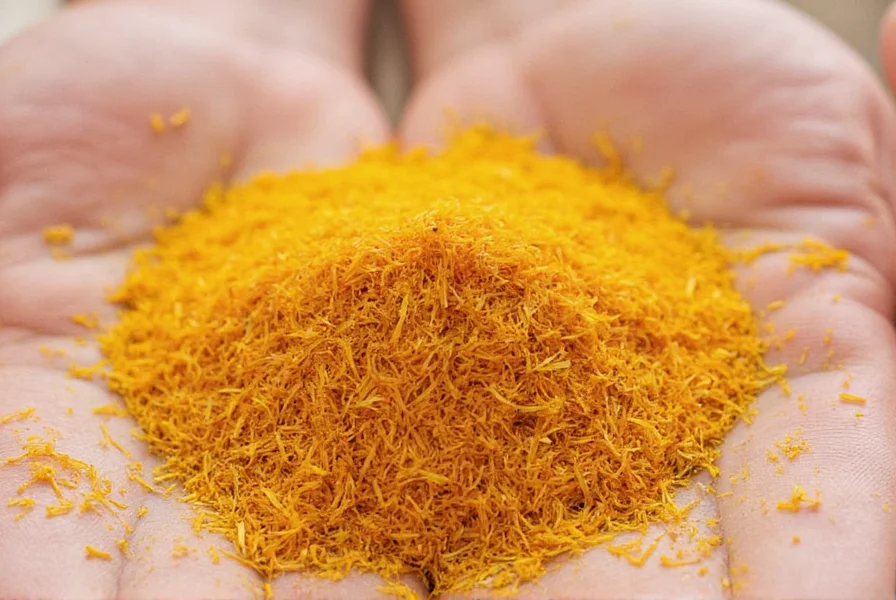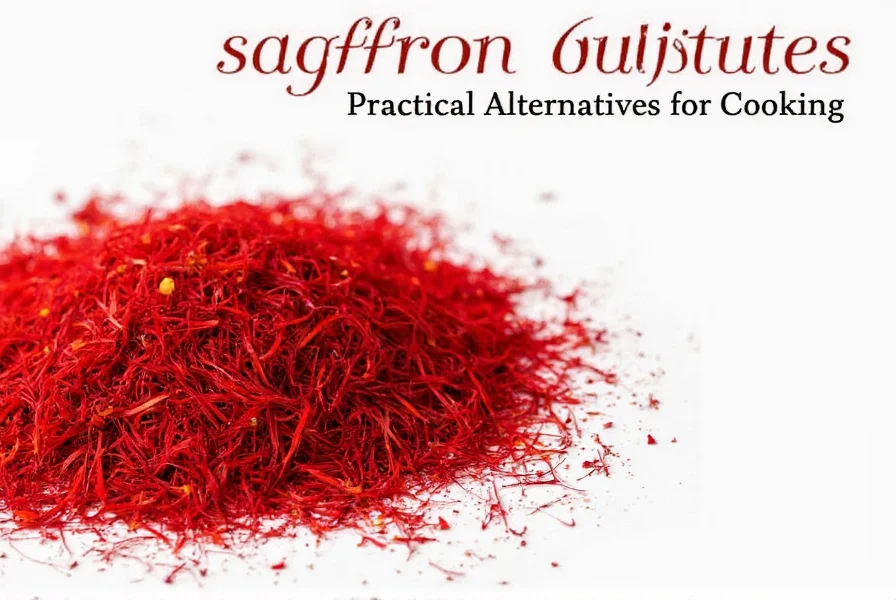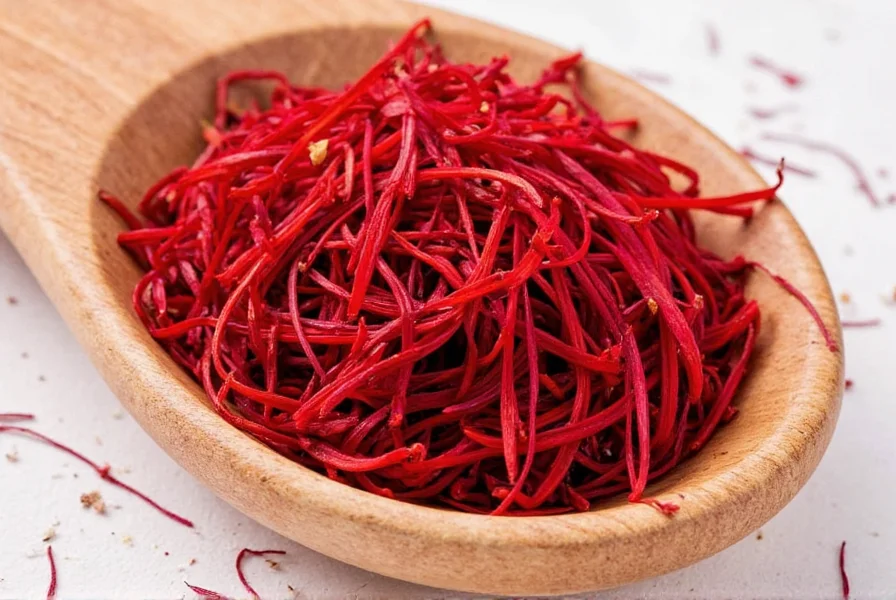When searching for affordable alternatives to expensive saffron, understanding what makes this spice unique is crucial. Saffron's distinctive golden hue, earthy flavor, and floral aroma make it irreplaceable in many traditional dishes, but its high cost (often $500+ per pound) drives home cooks and professional chefs alike to seek practical substitutes. This guide explores evidence-based alternatives that maintain dish integrity while addressing budget constraints.
Understanding Saffron's Unique Qualities
Saffron comes from the delicate stigmas of Crocus sativus flowers, requiring approximately 75,000 flowers to produce just one pound of the spice. Its value stems from three key properties that any substitute must address:
- Color - The intense golden-yellow hue that transforms dishes like paella and risotto
- Flavor - Earthy, slightly sweet notes with subtle floral undertones
- Aroma - Distinctive fragrance that enhances the entire dining experience
When determining what to use instead of saffron in recipes, consider which property matters most for your specific dish. Many substitutes excel in one area but fall short in others.
Top Saffron Substitutes Compared
| Substitute | Color Match | Flavor Match | Best For | Conversion Ratio |
|---|---|---|---|---|
| Turmeric | ★★★★★ | ★☆☆☆☆ | Rice dishes, soups, stews | 1/8 tsp per pinch saffron |
| Paprika | ★★★☆☆ | ★★★☆☆ | Spanish dishes, marinades | 1/2 tsp per pinch saffron |
| Safflower | ★★★★☆ | ★☆☆☆☆ | Visual presentation only | 1/4 tsp per pinch saffron |
| Annatto | ★★★★☆ | ★★☆☆☆ | Latin American cuisine | 1/4 tsp per pinch saffron |
| Marigold petals | ★★★☆☆ | ★★☆☆☆ | Traditional European cooking | 1/2 tsp dried petals per pinch |
Choosing the Right Substitute for Your Recipe
Selecting the best saffron substitute for rice dishes requires understanding your culinary priorities. For authentic paella, paprika provides the closest flavor profile while turmeric delivers superior color for dishes like biryani where appearance matters most.
Professional chefs often combine substitutes to achieve balanced results. For example, when making how to replace saffron in paella, many Spanish cooks use a blend of sweet paprika and a tiny amount of turmeric to mimic both color and flavor without overwhelming the dish.

Practical Usage Guidelines
When implementing natural saffron substitutes for cooking, follow these evidence-based recommendations:
- Start small - Most substitutes are more potent by volume than saffron
- Bloom in liquid - Dissolve powders in warm broth or water before adding to dishes
- Adjust timing - Add color-focused substitutes early; flavor-focused ones later in cooking
- Combine strategically - Use turmeric for color with paprika for flavor in equal parts
For delicate dishes like bouillabaisse or saffron-infused desserts, consider making a saffron alternative for coloring food using a combination of turmeric and a pinch of ground coriander to approximate the complex flavor profile.
Common Substitution Mistakes to Avoid
Many home cooks make critical errors when seeking budget-friendly saffron replacement options:
- Using too much turmeric, which creates bitter, medicinal flavors
- Ignoring regional authenticity requirements for traditional dishes
- Substituting in raw form rather than blooming in liquid first
- Expecting perfect flavor replication (saffron's profile is unique)
Remember that no single substitute perfectly replicates saffron's complex characteristics. The most successful approach involves understanding which aspect—color, flavor, or aroma—matters most for your specific recipe and choosing accordingly.

When Substitution Isn't Recommended
While saffron replacement that maintains color works well for many applications, certain dishes require authentic saffron for proper results. Traditional Spanish saffron rice, Persian tahdig, and Kashmiri pulao rely on saffron's unique properties that substitutes cannot fully replicate. For these specialty dishes, consider purchasing small quantities of genuine saffron from reputable sources rather than substituting.
Frequently Asked Questions
Can I use food coloring as a saffron substitute?
Food coloring provides color but no flavor. It works as a last-resort saffron alternative for coloring food in dishes where appearance matters more than taste, but use sparingly (just 2-3 drops per recipe) and combine with other flavor elements to compensate for the missing saffron characteristics.
What's the best saffron substitute for risotto?
For risotto, use a combination of 1/8 teaspoon turmeric and 1/4 teaspoon sweet paprika per pinch of saffron. Bloom both in warm broth before adding to achieve both the golden color and subtle earthy flavor that defines authentic saffron risotto.
How do I store saffron substitutes properly?
Store powdered substitutes like turmeric and paprika in airtight containers away from light and heat. Unlike genuine saffron, which maintains quality for years, most substitutes lose potency within 6-12 months. Check color and aroma before use to ensure freshness.
Can I grow my own saffron substitute?
Marigold (Calendula officinalis) grows easily in most climates and provides a traditional saffron substitute. Harvest the petals at peak bloom, dry them thoroughly, and use 1/2 teaspoon dried petals per pinch of saffron. While not identical, it offers a garden-to-table alternative with similar visual properties.
Why does my saffron substitute make my dish bitter?
Turmeric and paprika become bitter when overheated or used in excess. For affordable alternatives to expensive saffron, always start with half the recommended amount, bloom in warm (not boiling) liquid, and add gradually while tasting. Bitterness usually indicates you've exceeded the optimal substitution ratio for your recipe.











 浙公网安备
33010002000092号
浙公网安备
33010002000092号 浙B2-20120091-4
浙B2-20120091-4